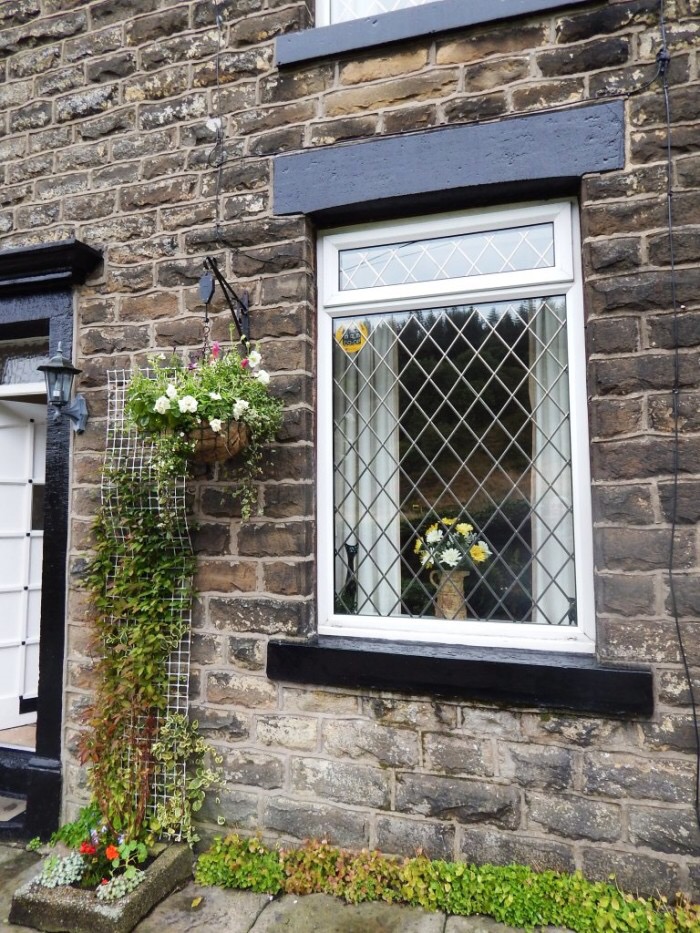People will be able to discover the co-operative history behind buildings across the borough for the first time as part of a project to celebrate Rochdale’s famous roots.
A selection of 100 buildings which are all linked to the co-operative movement were mapped out earlier this year for the first time and turned into trails which visitors could follow.
And now, after a summer of successful events in each of the areas; Heywood, Littleborough, Milnrow, Middleton, Wardle and Smallbridge, all the buildings are set to be been marked with a special co-op window sticker as permanent reminder of their important place in history.
The buildings include the Lighthouses store in Calderbrook Road, Littleborough. This stone cottage, which is now a domestic property, was once a co-op store, popular with ramblers and hikers who bought refreshments there.
Opened in 1888, the store was typical of many shops of its time in occupying the front room of a cottage.
And in Hare Hill Road, Littlebourgh, visitors can see the remains of the substantial Hare Hill Mill next to a large water tower. The mill was the main source of employment in the area for a number of years after it opened in 1860. The mill was at the heart of village life, with workers using the co-op shops in the same road and living in co-op houses nearby.
Over in Middleton, the co-op drapery in Long Street was an important Tailoring and Furnishing store. It moved in 1936 to a purpose built building, which is now a bank.
The influence that the co-operative movement had on ordinary people’s lives is clearly illustrated in some of the buildings in Milnrow, which includes Pioneer’s Villa, six co-operative stone houses which were built for members in 1868.
Heywood has a distinctive role in the history of the co-operative movement, becoming the home in 1850 of Charles Haworth, the founder of ‘the divi’, and the President of the Rochdale Pioneers in 1845.
At 13 Market Street, what is now the Jack Fulton freezer store, was once the co-op drapery department store, ‘the centre of fashion’. Passers-by can still see its distinctive rounded corner windows. More co-op businesses further down the road included a library, hairdressers, barbers and butchers.
Councillor Daalat Ali, Cabinet Member for Tourism at Rochdale Borough Council, said: “It’s fantastic to see that so many buildings in our borough, many of which might seem ordinary at first glance, actually played a key role in what became a ground breaking worldwide movement. You can find history on every corner of this borough and I’m thrilled that these buildings can now be discovered for the first time.”
The launch of the trails and marking of the buildings has been made possible by the work of local volunteers from the Co-operatives History Group (Rochdale), who teamed up with the council to map all the borough’s Co-operative buildings on a special database which will be the first of its kind in Greater Manchester.
The trails are also available to download from www.visitrochdale.com and www.rochdalepioneersmuseum.coop/coopheritagetrails.
The co-op buildings will be marked out with a yellow sticker, bearing the words ;’I am a co-op building.’ Many have already been placed, with the rest of the buildings due to be displaying stickers in the next few weeks.







